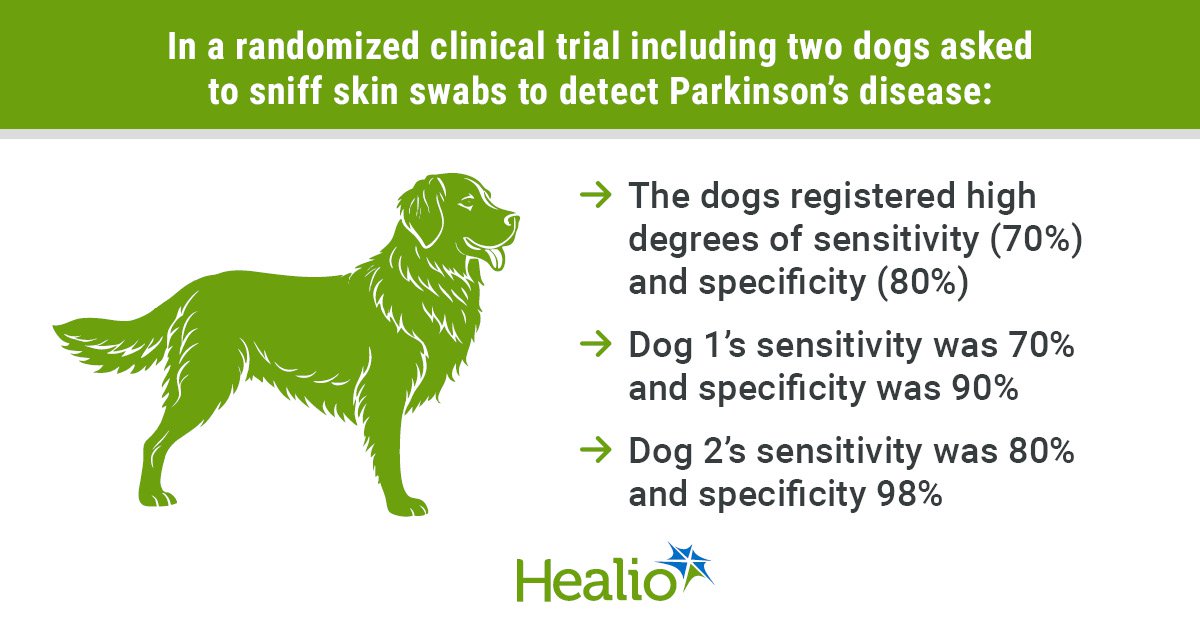August 08, 2025
3 min read
Key takeaways:
- The case was reported on Jan. 30, 2024, marking the earliest calendar date of plague recorded in Oregon history.
- The man recovered after treatment; however, his cat died.
An Oregon man contracted plague from his pet cat in January 2024, which is outside of the normal seasonality of plague, health officials reported in MMWR.
On Jan. 19, 2024, a 2-year-old pet cat was treated for a neck abscess and vomiting with oral antibiotics. On Jan. 25, the 73-year-old owner of the cat cut his finger on a kitchen knife, sought treatment at an urgent care, and returned home where he had close contact with the cat.

According to the case report, the man noticed a new ulcer on his wrist the next day and ultimately sought care at an ED on Jan. 30 for the ulcer and accompanying symptoms, which included cellulitis and lymphadenitis originating from the wrist ulcer and extending up to his right armpit.
He was admitted to the hospital and began treatment with intravenous ceftriaxone and metronidazole for bacterial lymphangitis.
Yersinia pestis, the bacterium that causes plague, was detected by blood culture on Feb. 6, resulting in a switch to intravenous gentamicin and intravenous levofloxacin. This improved his condition and he was discharged with a 9-day course of oral levofloxacin.
According to the report, the man made a full recovery by Feb. 15. The cat, however, died after the man could not give his cat its antibiotics after its surgery on the abscess.
Emilio DeBess, DVM, state public health veterinarian at Oregon Health Authority’s public health division, said that the man likely contracted Y. pestis from his cat.
“Cats are among the domestic animals most susceptible to plague. They can contract it through contact with infected rodents or fleas and, in turn, pose a risk to humans — especially through flea bites,” DeBess told Healio. “While not the most common reservoir, cats have been responsible for several zoonotic transmissions in the western U.S.”
While this mode of transmission made the case notable, another standout feature is that it occurred in January, which DeBess said is months before the typical seasonal window for plague in the western U.S. According to the report, this case occurred earlier in the calendar year than any other case of plague reported in Oregon over the last 90 years.
“Plague in the U.S. generally follows a seasonal pattern, tied to flea activity and rodent ecology, peaking in warmer months,” he said. “A winter case suggests that transmission risks may be evolving — possibly due to climate variation, shifting flea or rodent behavior or indoor exposures.”
He added, “This should prompt year-round clinical awareness in endemic areas, not just during the typical ‘plague season.’”
While cases of plague are rare in the U.S. — CDC data show an average of seven cases per year since 2000, although actual case counts range from 0 to 17 annually — DeBess emphasized the importance of early diagnosis and treatment regardless of the time of year or mode of transmission.
“Prompt diagnosis and treatment are critical, as plague remains highly treatable with antibiotics but can be life-threatening if missed,” he said.
In a study recently published in The New England Journal of Medicine, researchers assessed treatment options for plague, comparing oral ciprofloxacin monotherapy vs. aminoglycoside-ciprofloxacin sequential.
According to the study, researchers enrolled 450 patients with clinically suspected bubonic plague between 2020 and 2024 and randomly assigned them to receive oral ciprofloxacin for 10 days or injectable aminoglycoside for 3 days followed by oral ciprofloxacin for 7 days. The primary end point was treatment failure — defined as death, fever, secondary pneumonic plague or alternative or prolonged plague treatment — on day 11.
Overall, the study showed that ciprofloxacin monotherapy was noninferior to aminoglycoside-ciprofloxacin therapy. Specifically, treatment failure occurred in 9% of patients in the ciprofloxacin monotherapy group and 8.1% in the aminoglycoside–ciprofloxacin group (difference, 0.9 percentage points; 95% CI, –6 to 7.8).
“[These findings] confirm that plague can often be treated successfully with oral antimicrobials,” Paul Mead, MD, MPH, chief of the bacterial diseases branch of the Division of Vector-Borne Diseases at CDC’s National Center for Emerging and Zoonotic Infectious Diseases, wrote in an editorial published with the NEJM study.
“Oral generic antimicrobials are easier to administer and less expensive than parenteral medications, although observation might be required to ensure compliance. These attributes make prompt, lifesaving treatment more practicable in rural, resource-limited areas where plague occurs most commonly,” he wrote.
References:
For more information:
Emilio DeBess, DVM, can be reached at emilio.e.debess@oha.oregon.gov.










